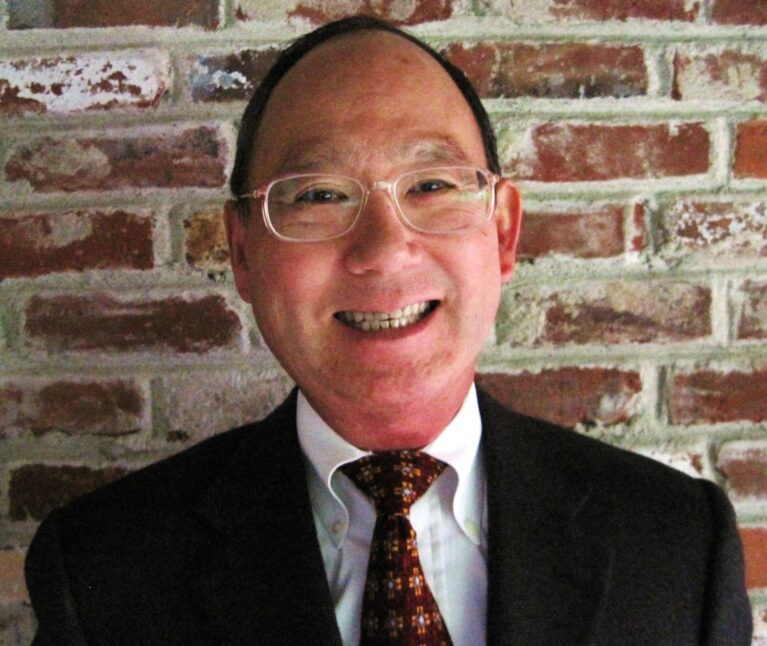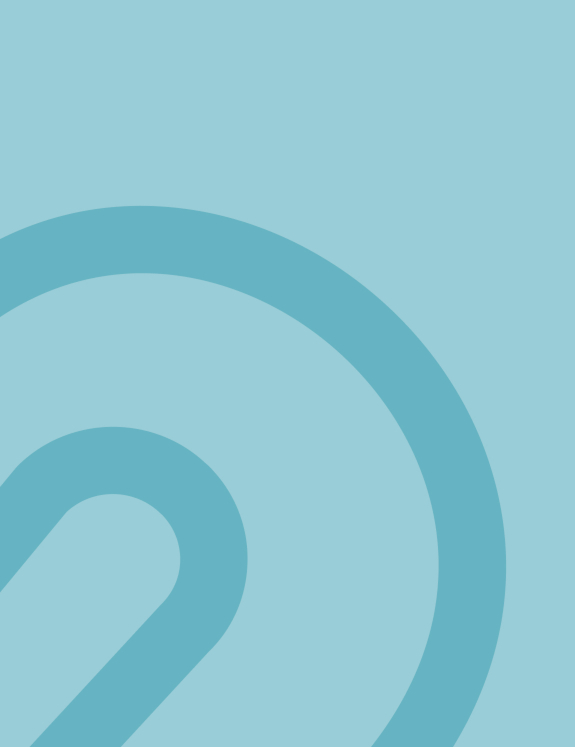Dr. David Hayashida served as the medical director of San Francisco City and County’s California Children’s Services (CCS) office between 1995 and January of this year. Although he has retired from his position, he plans to continue in his role as Clinical Professor of Pediatrics at UCSF and teach UCSF pediatric residents and medical students about care for children with special health care needs on a volunteer basis. In an interview with Dr. Hayashida earlier this month, we asked him to reflect on the 20 years he spent serving the CSHCN community, and to offer his advice on the future of the CCS program.
The opinions expressed below are those of Dr. David Hayashida and in no way reflect the views of the California Children’s Services program, the San Francisco Department of Public Health, the Lucile Packard Foundation for Children’s Health, or other organizations.
What are your thoughts on the proposed CCS transition to managed care?
While the CCS program is known for taking care of children with complicated chronic medical conditions, it should be noted that 40 to 50 percent of CCS patients do not have chronic diseases. CCS medically eligible conditions range from relatively minor conditions such as strabismus (crossed eyes) that requires outpatient surgery, to certain types of non-complicated bone fractures, to life-threatening conditions such as malignancies that require bone marrow transplantation.
Furthermore, the cost of CCS conditions varies widely; researchers at Stanford have shown that 50 percent of kids in the CCS program account for 98 percent of the program’s health care expenditures, meaning that the other 50 percent account for only two percent of expenditures.
My point here is that there is a tremendous diversity in CCS medically eligible conditions and their associated costs; add to that the cultural and geographic diversity of California, and I think it would be extremely difficult to come up with a single model of care that would best serve all CCS children. My hope is that people are still open to looking at additional models of care for CCS, such as a regionalized accountable care organization model of care. It may very well be that different models of care may work best in different parts of the state.
I also think that it is extremely important that people not lose sight of the fact that CCS, at its very core, is a public health program. The program was created to serve and help children with special health care needs and their families. People who work for CCS do not view CCS strictly as a “health insurance program.” In San Francisco, we have a strong trusting relationship with UCSF, which is the major provider for our patients. This relationship goes far beyond that of a traditional payer and payee; they are truly a partner in providing services for our patients. I would hope that in whatever models of care CCS goes to in the future, that relationships like this can continue and thrive. And of course it is also critical that families are allowed to have a strong voice in CCS going forward as well.
What are the positive aspects of the proposed transition?
There are good intentions. I think that the whole CCS redesign process has made us think on a deeper level about what we do and how we do it; it has also made us think more about how much services cost and the value of our services. It has made us more efficient and accountable. And now the CCS program is much more serious about collecting data to better understand this population, which I think is a big positive.
In terms of a new model of care, I think most people are in agreement that a “whole child” model of care is needed. I will say that one of my least favorite things to do as a CCS medical director was to deny a request for a necessary medical service for one of our patients because it “was not related to the CCS medically eligible condition,” then pass the request on for yet another level of review by the Medi-Cal managed care insurance plan; unfortunately that is how the CCS program is currently structured.
Are you confident that CSHCN in California will eventually have true “medical home“-style care?
I truly, truly hope so! Personally, I’d like to see the day when primary care medical homes that serve large numbers of complex patients are given CCS Special Care Center status, just like any other pediatric subspecialty such as cardiology or gastroenterology. This means that they would get recognition for implementing a comprehensive multidisciplinary team approach, and that reimbursement is at the same level as other specialists. The work that is currently taking place in existing complex-care, primary-care clinics in our area is extraordinary, and their work needs to be formally recognized by the CCS program.
Some children have lost CCS eligibility after their families have moved to a different county. Yet their medical condition remained the same. How do you explain the inconsistencies?
There are still discrepancies between counties in interpretation of CCS regulations, and it can be very frustrating. Children’s Regional Integrated Service System (CRISS) and the statewide organization of CCS Medical Directors have done a lot to standardize things, but there are still inconsistencies.
Currently, each county has separate offices that house their own case management staff; I have often wondered if regionalizing most of the county case management staff would help with this. For instance, if all Bay Area county case management staff, including medical directors, physically worked in one large office in, for example, Oakland, and there was a state consultant assigned there to help supervise everyone’s work, perhaps this would make the program more consistent in regards to interpretation of CCS regulations, policies, and procedures. All CCS referrals for the Bay Area would be sent to that office, and I think there would be much more open communication between counties, given that everyone worked in the same office.
What was the biggest shift during your tenure at CCS?
Twenty years ago, a lot was still being done with pencil and paper. The seismic shift was to implement an electronic charting and authorization system, which improved efficiency quite a bit. This allowed providers to actually see our authorizations electronically; this was a very big deal. I also think that there have been great efforts by many individuals and organizations to make CCS more family-centered, which has only made the program better.
What did you love most about your career in CCS?
I enjoyed working with many bright, dedicated people within the CCS program and in the community. I really enjoyed collaborating with our incredible providers in San Francisco. But one of the best parts of the job was being able to work with amazing families. Everyone reacts differently to having a child with special health care needs. The families I’ve worked with were able to grow a deep bond with many of the people involved in their child’s care. They were so resilient, even in the most difficult of circumstances. And I truly felt like we were a partner with them, through it all.

